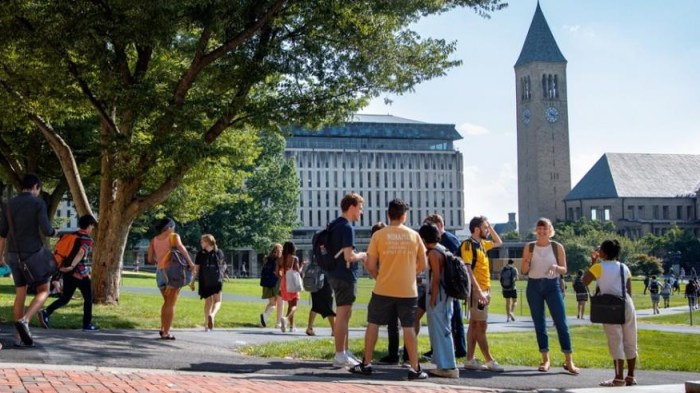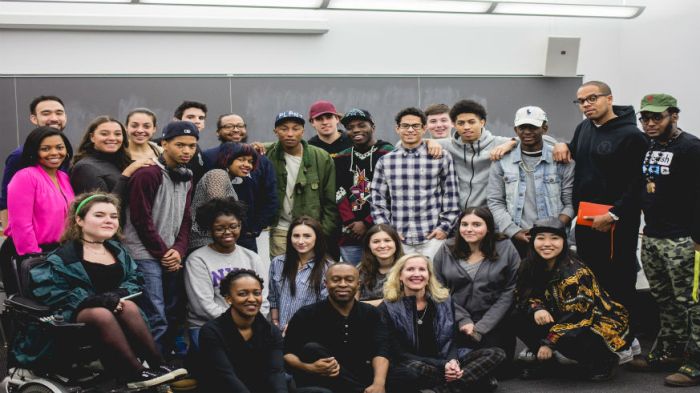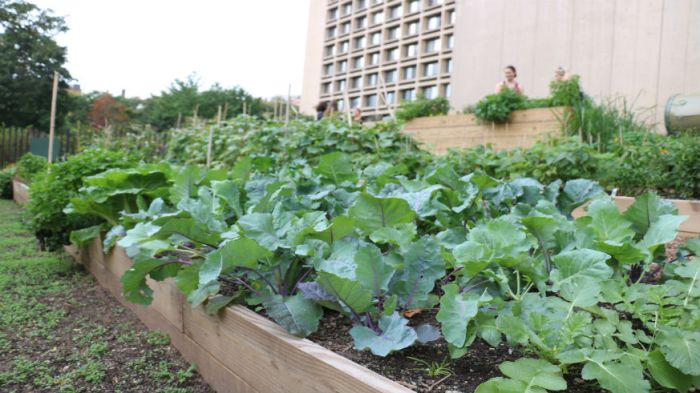To create a great learning environment, a classroom needs to feel inviting for both teachers and students alike. All students bring their own unique life experiences with them to school each day, and it is important that a school’s faculty is sympathetic to their specific situations. In a recent study conducted by NYU’s Steinhardt School of Culture, Education, and Human Development in their “Journal of Teacher Education”, they found that “Student teachers with more multicultural awareness foster more positive classroom environments for their students”. In other words: the more “woke” your teaching staff is, the more positive and nurturing your school will be.
This report was compiled out of data collected from surveys sent to 2,473 undergraduate and graduate students attending teacher certification programs from private universities across the country. The study was conducted between 2010 and 2015 and focussed on their multicultural beliefs. About 60 percent of those surveyed were closely observed and evaluated by their professors while student teaching. With such a large pool of resources, the authors of the study were able to gain an accurate perspective on how a teacher’s multicultural awareness (woke levels) can shape their effectiveness as educators.
Although policies of multicultural inclusion are generally promoted throughout schools in the U.S., there have not been many surveys conducted on prospective teachers before they enter the field. “In light of the persistent demographic divide between a predominantly White teaching force and evermore racially and ethnically diverse schools, current and future educators’ abilities to create inclusive classroom environments are critical for fostering student success,” explains Hua-Yu Sebastian Cherng, an assistant professor of international education at NYU Steinhardt and the study’s lead author, “our study underscores the importance of equipping all teachers with essential multicultural knowledge skills and dispositions.”
The study found a correlation between each student teacher’s ability to create nurturing classroom environments with how accepting and understanding their multicultural beliefs were. This could vary from the ethnic background of each teacher, as the researchers concluded that both Black and Latino student teachers possessed more cultural awareness than their White peers. Asian American student teachers, on the other hand, had the least amount of cultural awareness than their counterparts.
“These differences are consistent with prior research that finds that Black and Latino teachers, drawing upon their own identities and experiences as racial minorities, are often more aware of and sensitive toward cultural differences,” said Cherng. “What is less clear is why Asian Americans report having lower levels of multicultural awareness. It is possible that Asian American student teachers believe that multicultural education, like other discourses on race that make little mention of Asian Americans, does not include or embrace their identities.”
Having said that, the research also found that student teachers (sepcifically Latino and Asian American) who had “prior experience working with students of color had higher levels of multicultural awareness”. This means that the more time a student teacher has with a diverse student body, the more likely they will be more understanding of a diverse classroom in the future.
The authors of this report hope that their findings will help create more multicultural aware policies in school curriculums and also inform schools on what to look for in new additions to their teaching staff. “Through a deeper understanding,” say Cherng, “of the relationships between preservice teachers’ background characteristics, multicultural beliefs, and evolving teaching competencies, our study contributes to our understanding of preparing teachers for diverse classrooms and prompts further investigation into developing cultural competence in teaching.”

























